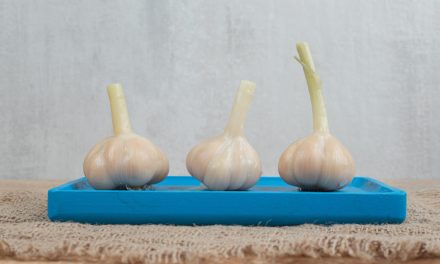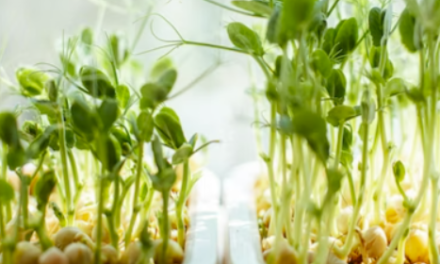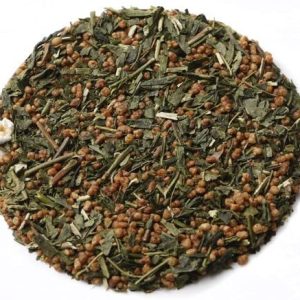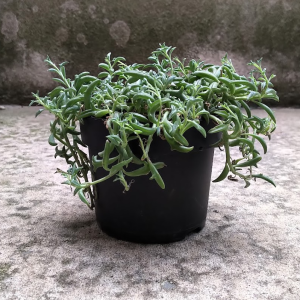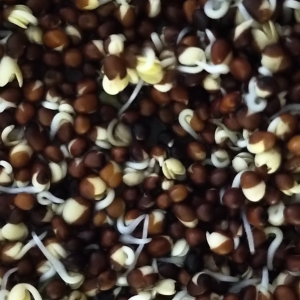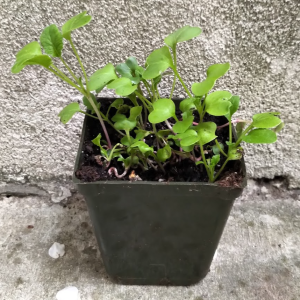Cilantro, also known as coriander, is a popular herb used in many cuisines around the world. While it is commonly grown outdoors, it is also possible to grow cilantro indoors, making it more accessible to those who live in apartments or have limited outdoor space. In this article, we will provide a comprehensive guide on how to grow cilantro indoors.
-
Choose the right container
The first step in growing cilantro indoors is to choose the right container. Cilantro needs a container that is at least 6 inches deep and 8 inches wide. It is best to choose a container that has drainage holes at the bottom to prevent water from accumulating and causing the roots to rot.
-
Choose the right soil
Cilantro prefers well-draining soil that is rich in organic matter. A good potting mix that is designed for herbs should work well. It is important to avoid using garden soil as it may contain pests, diseases, or weed seeds.
-
Plant the seeds
Cilantro seeds are small and should be planted about ¼ inch deep in the soil. It is best to plant several seeds in each container to ensure that at least one seed germinates. Once the seeds are planted, cover them lightly with soil and water them gently.
-
Provide the right amount of light
Cilantro needs at least 6 hours of sunlight per day to grow properly. If you are growing cilantro indoors, it is best to place the container near a south-facing window or under grow lights. If you are using grow lights, keep them on for 12 to 14 hours per day.
-
Water the plants regularly
Cilantro needs regular watering to keep the soil moist but not waterlogged. It is best to water the plants when the soil feels dry to the touch. Overwatering can cause the roots to rot and underwatering can cause the plants to wilt. It is important to maintain a balance.
-
Fertilize the plants
Cilantro benefits from regular fertilization. You can use a general-purpose fertilizer that is designed for herbs or a liquid fertilizer that is diluted with water. It is best to fertilize the plants every two weeks during the growing season.
-
Harvest the cilantro
Cilantro is ready to harvest when the plants are about 6 inches tall. You can harvest the leaves by cutting them off with scissors or a sharp knife. It is important to leave some leaves on the plant so that it can continue to grow. Cilantro leaves are best used fresh but can also be frozen or dried for later use.
Tips for growing cilantro indoors
- Keep the temperature between 60 and 75 degrees Fahrenheit. Cilantro prefers cooler temperatures and may bolt (produce flowers) if the temperature gets too hot.
- Thin the plants as they grow. Once the cilantro plants have germinated, it is best to thin them out so that each plant has enough space to grow.
- Rotate the plants. Cilantro plants tend to lean towards light, so it is best to rotate the container every few days to ensure that all sides of the plant get enough light.
- Watch out for pests. Cilantro is susceptible to aphids, spider mites, and other pests. If you notice any pests, remove them immediately or use insecticidal soap to get rid of them.
Growing cilantro indoors is a great way to have fresh herbs on hand all year round. By following the tips and techniques outlined in this article, you can successfully grow cilantro indoors and enjoy the many culinary benefits of local microgreens. Remember to choose the right container and soil, provide the right amount of light and water, fertilize the plants, and harvest the cilantro when it is ready.


